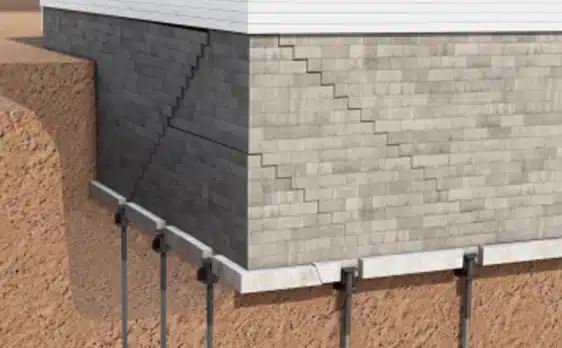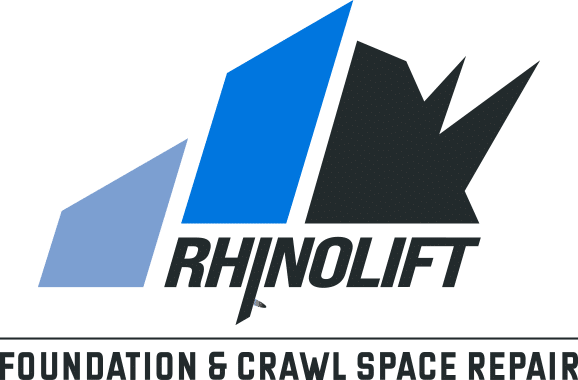Push Piers
What Is A Push Pier?
Push piers are steel pipes that are used to support and stabilize a settling or sinking foundation. Push piers are also known as resistance piers or micro piles. They are designed to transfer the weight of the structure from the unstable soil to the more stable bedrock or load-bearing strata.
Push piers have been used for foundation repair since the 1800s, when they were first introduced in the Northeast. They became popular because they could reach below the frost line and provide a secure foundation for buildings in areas with poor soil conditions. Today, push piers are widely used for residential, commercial, and industrial foundation repair projects across the country.
Push piers work by using the weight of the structure as resistance to drive them into the ground. A hydraulic ram is attached to a steel drive stand and pushes the piers through a pier bracket that is bolted to the footer of the foundation. The piers are connected with couplings and extensions until they reach the desired depth and resistance. The hydraulic ram then lifts and levels the foundation by applying pressure to the piers. The pier bracket is locked in place with steel pins and nuts, and the dirt is backfilled around the foundation.

When Should You Use Push Piers?
Push pier installation is recommended when the foundation of a structure is settling or sinking due to poor soil conditions, excessive moisture, erosion, or other factors. Push piers can be used to lift and level the foundation, prevent further damage, and restore the value and safety of the property. Push piers are best for:
- Heavy properties that provide enough resistance mass for driving the piers
- Homes with intact footings that can support the pier brackets
- Homes that are sinking or settling and require vertical support
- Lifting a foundation back to its initial level
Benefits of Push Piers
Quick
Installation
Minimal Landscape
Impact
Higher Weight
Applications
What Types Of Foundation Projects Are Best For Push Piers
Push piers can be used on a wide variety of foundation projects, large and small:
Arresting & Reversing Foundation Settlement
Buildings showing signs of foundation settlement will often have push piers installed. Push piers are a great choice for most foundation projects due to their ability to halt the settlement and lift the structure back to level.
New Construction Piering
Incorporating Push piers during the early phase of new construction projects, especially where soil stability in the area may be a concern, underpins the build with a dependable foundation right from the start. We often install new construction piers on large commercial projects and new developments.
Commercial Foundation Stabilization
Given their robust and durable nature, Push piers are often the only choice for large commercial properties, ensuring a reliable foundation amidst heavy usage and operational demands.
How to Install Push Piers
Push pier installation is a relatively simple and fast process that can be done with minimal disruption to the property. The installation steps are as follows:
- Dig and expose the footing of the foundation. The bottom of the foundation must be clear and accessible to install push piers. For outdoor installations, soil is removed from around the footing for each pier location. For indoor installations, concrete floor is drilled until the soil is exposed.
- Cut off the “toe” of the footer and install a pier bracket. The “toe” of the footer is the wider part of the concrete that extends beyond the wall. The pier bracket is attached to the footer with bolts and provides a stable base for the push piers.
- Drive push piers through the pier bracket to supportive soil. The push piers are hydraulically driven into the ground using a hydraulic ram and a steel drive stand. The push piers are connected with couplings and extensions until they reach the desired depth and resistance. The depth and resistance depend on the soil conditions and the weight of the structure.
- Transfer the weight of the structure to the push piers. The hydraulic ram is used to lift and level the foundation by applying pressure to the push piers. The pier bracket is then locked in place with steel pins and nuts. The weight of the structure is transferred from the unstable soil to the more stable bedrock or load-bearing strata.
- Backfill the dirt around the foundation and restore the landscaping. The soil is backfilled or the conc
Contact Us For Professional Foundation Repair Services In Charlotte and the Surrounding Areas
Whether your existing foundation shows signs of settlement or you are starting a new construction project, our team at RhinoLift Foundation Repair is here to help.
Contact RhinoLift Foundation & Crawl Space Repair at 888-758-3735 to schedule an appointment, or click the button below to fill out our online contact form for a free foundation inspection.

